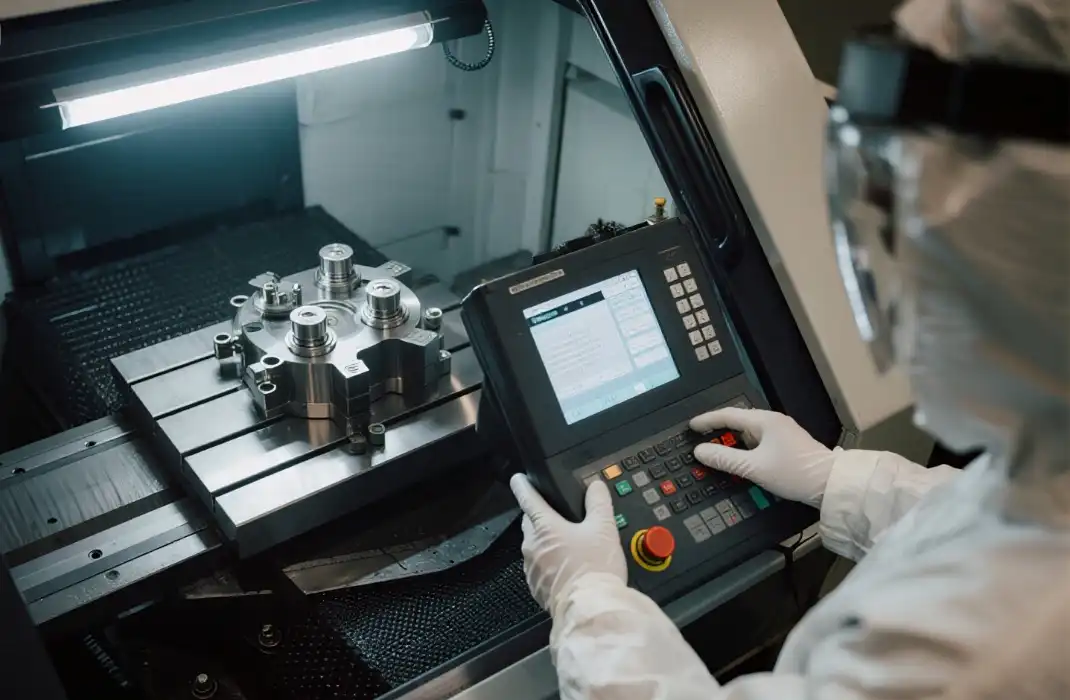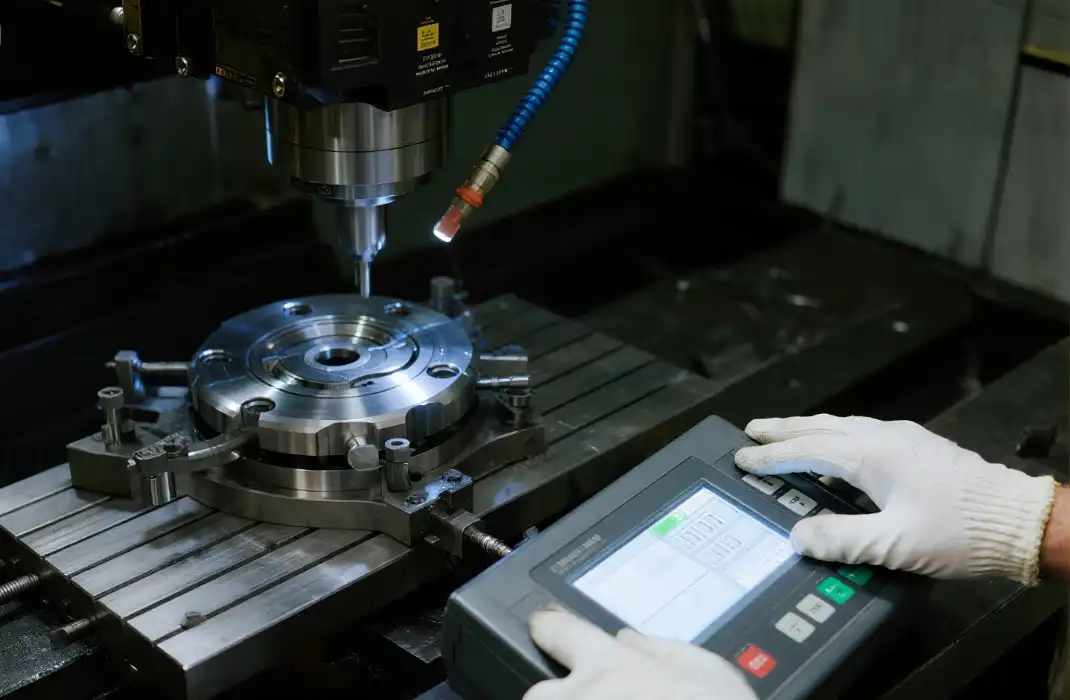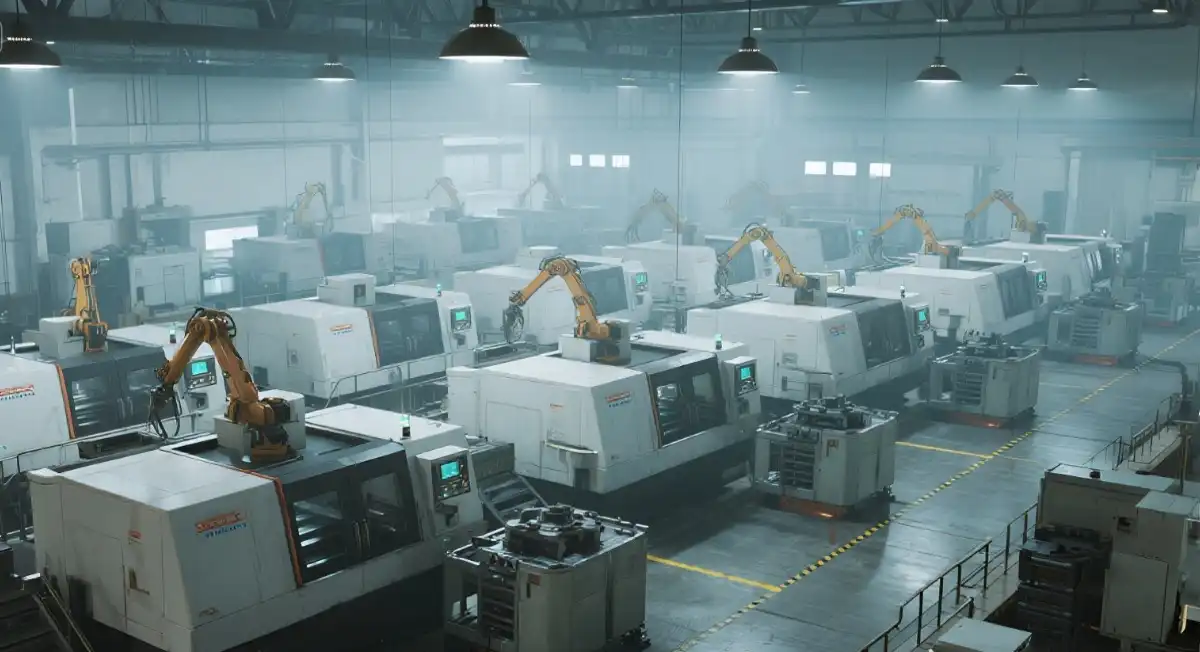What Is Rapid Prototyping? A Complete Guide for Buyers in 2025
Rapid prototyping is a revolutionary manufacturing process that allows designers and engineers to quickly create physical models of their designs using 3D CAD data. This innovative technique employs cutting-edge technologies such as CNC machining, 3D printing, and vacuum casting to produce functional prototypes in a matter of days. As we approach 2025, rapid prototyping has become an indispensable tool for product development, enabling companies to test form, fit, and function before production, accelerate design iterations, and significantly reduce development costs and timelines. This comprehensive guide will explore the intricacies of rapid prototyping, its applications, and how it's shaping the future of manufacturing.
The Evolution of Rapid Prototyping Technologies
From Traditional to Advanced Manufacturing
Rapid prototyping has come a long way since its inception. Initially, prototypes were created through time-consuming manual processes, often resulting in crude models that lacked precision. Today, advanced technologies have transformed the landscape, offering unprecedented speed and accuracy. CNC machining, for instance, provides tight tolerances and excellent surface finishes, making it ideal for creating complex metal and plastic components. This evolution has drastically reduced the time and cost associated with prototype development.
3D Printing: A Game-Changer in Prototyping
The advent of 3D printing has revolutionized rapid prototyping. Technologies like Stereolithography (SLA), Selective Laser Sintering (SLS), and Fused Deposition Modeling (FDM) have made it possible to create intricate prototypes with a wide range of materials. These additive manufacturing processes allow for the production of parts with complex geometries that would be impossible or prohibitively expensive to create using traditional methods. As 3D printing technology continues to advance, we're seeing faster print speeds, improved material properties, and larger build volumes.

Hybrid Solutions for Enhanced Versatility
The future of rapid prototyping lies in hybrid solutions that combine multiple technologies. For example, vacuum casting can be used in conjunction with 3D printed masters to produce low-volume, production-quality parts. Similarly, sheet metal prototyping offers quick turnarounds for enclosures and brackets, complementing other rapid prototyping methods. These hybrid approaches allow for greater flexibility in material choice and design complexity, enabling prototypes that more closely resemble final products.
Materials and Applications in Modern Rapid Prototyping
Expanding Material Options
The range of materials available for rapid prototyping has expanded significantly. Plastics such as ABS, PC, and Nylon remain popular choices due to their versatility and cost-effectiveness. However, the industry has seen a surge in advanced materials, including high-performance metals like aluminum, steel, and titanium. These materials allow for the creation of functional prototypes that can withstand rigorous testing. Additionally, elastomers and custom resins have opened up new possibilities for creating flexible and specialized parts.
Industry-Specific Applications
Rapid prototyping has found applications across various industries. In the automotive sector, it's used to create everything from engine components to interior trim pieces. The medical device industry leverages rapid prototyping for developing customized implants and surgical tools. Aerospace companies use it to prototype lightweight yet durable parts. Consumer electronics benefit from rapid prototyping in the design of sleek, ergonomic housings. As the technology continues to mature, we're seeing its adoption in increasingly diverse fields, from agriculture to robotics.

Sustainability and Eco-Friendly Practices
As environmental concerns take center stage, rapid prototyping is evolving to become more sustainable. Many manufacturers are now offering eco-friendly materials, such as biodegradable plastics and recycled metals. Additionally, the localized nature of rapid prototyping reduces transportation needs, further lowering the carbon footprint. As we move towards 2025, expect to see an increased focus on sustainable practices in rapid prototyping, including more efficient use of materials and energy-saving production processes.
The Future of Rapid Prototyping: Trends and Predictions
AI and Machine Learning Integration
Artificial Intelligence (AI) and Machine Learning (ML) are set to play a crucial role in the future of rapid prototyping. These technologies will enable smarter design optimization, predictive maintenance of prototyping equipment, and even autonomous design iterations. AI-powered software will be able to suggest design improvements based on performance simulations, potentially revolutionizing the product development cycle. This integration will lead to faster turnaround times and more innovative designs.
Democratization of Rapid Prototyping
As rapid prototyping technologies become more accessible and user-friendly, we're likely to see a democratization of the field. Small businesses and individual inventors will have access to professional-grade prototyping capabilities, leveling the playing field with larger corporations. This trend is already visible with the rise of maker spaces and affordable desktop 3D printers. By 2025, expect to see more cloud-based prototyping services and collaborative platforms that make rapid prototyping accessible to a global audience.

Integration with Digital Twin Technology
The concept of digital twins - virtual representations of physical objects - is gaining traction in manufacturing. In rapid prototyping, digital twins will allow for more accurate simulations and testing before physical prototypes are created. This integration will result in fewer iterations, reduced material waste, and more refined prototypes. As digital twin technology matures, it will become an integral part of the rapid prototyping process, bridging the gap between digital design and physical production.
Conclusion
Rapid prototyping has transformed the landscape of product development, offering unprecedented speed, flexibility, and cost-effectiveness. As we move through 2025, the field is already showcasing exciting advancements. From AI-driven design optimization to sustainable materials and democratized access, rapid prototyping continues to push the boundaries of what's possible in manufacturing. For buyers and businesses alike, staying informed about these trends is crucial to leveraging rapid prototyping to its full potential, driving innovation and maintaining a competitive edge in an ever-evolving market.
FAQs
What are the main benefits of rapid prototyping?
Rapid prototyping offers several key benefits, including faster product development cycles, reduced costs, ability to test and refine designs quickly, and the flexibility to create complex geometries that would be difficult with traditional manufacturing methods.
How does rapid prototyping compare to traditional manufacturing methods?
Rapid prototyping is generally faster and more flexible than traditional methods, especially for small-scale production or prototyping. It allows for quick iterations and complex designs, but may not be as cost-effective for large-scale production.
What industries can benefit most from rapid prototyping?
While rapid prototyping has applications across many sectors, industries that often benefit the most include automotive, aerospace, medical devices, consumer electronics, and industrial design.
Experience Cutting-Edge Rapid Prototyping Solutions | BOEN
At BOEN Prototype, we're at the forefront of rapid prototyping technology. Our state-of-the-art factory combines CNC machining, 3D printing, and vacuum casting to deliver high-quality prototypes and low-volume production parts in plastic and metal materials. With our expertise spanning multiple industries and our commitment to innovation, we're your ideal partner for turning concepts into reality. Experience the BOEN difference - contact us at contact@boenrapid.com to discuss your prototyping needs today.
References
1. Smith, J. (2024). "The Future of Rapid Prototyping: Trends and Technologies." Journal of Advanced Manufacturing.
2. Johnson, A. et al. (2023). "Materials Innovation in Rapid Prototyping." Advanced Materials Research Quarterly.
3. Lee, S. (2024). "AI-Driven Design Optimization in Rapid Prototyping." Artificial Intelligence in Engineering Design.
4. Brown, R. (2023). "Sustainability Practices in Modern Prototyping." Green Manufacturing Journal.
5. Garcia, M. (2024). "The Impact of Digital Twins on Rapid Prototyping." Digital Manufacturing Review.
6. Wilson, T. (2023). "Democratizing Prototyping: Access and Innovation." Small Business Technology Report.

How Can We Help?

Your Trusted Partner in Rapid Manufacturing.



